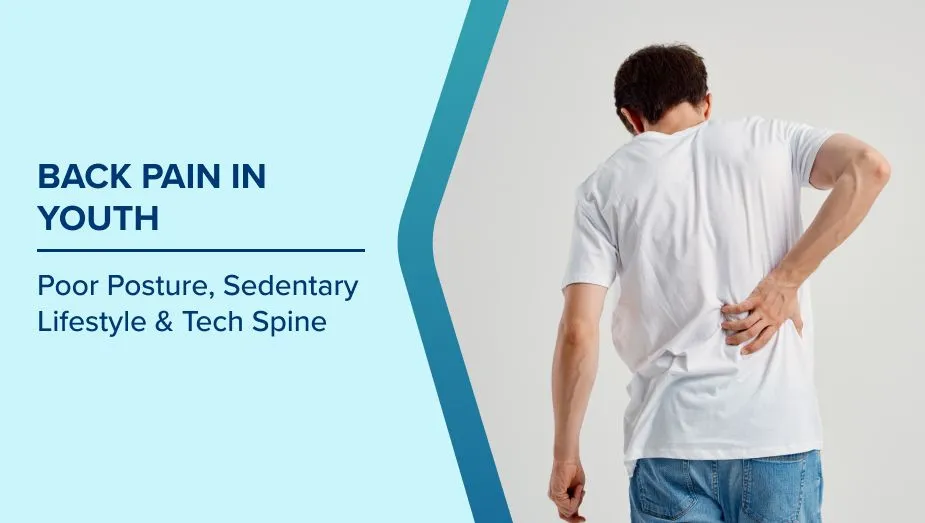Back Pain Hits Young India: Why So Many in Their 20s Hurt Already
Related Articles
Caught on Camera: Scooter Rider Fires Bullet at Man in Amritsar Locality
Panic spread through a residential pocket of Amritsar after a sudden firing incident left a man and a woman injured on Tuesday. Both victims...
Who is BJP New President Nitin Nabin: कौन हैं भाजपा के नए राष्ट्रीय कार्यकारी अध्यक्ष नितीन नबीन? जानिए उनका राजनीतिक सफर
चार बार विधायक, बिहार सरकार में मंत्री रहे नितीन नबीन ने संभाली जेपी नड्डा की जगह
Who is BJP New President Nitin Nabin: भारतीय जनता...
Who Is Naveed Akram? Gunman Named in Bondi Beach Terror Attack
Australian authorities have identified one of the attackers involved in the deadly shooting at Sydney’s Bondi Beach as 24-year-old Naveed Akram, as investigators continue...


